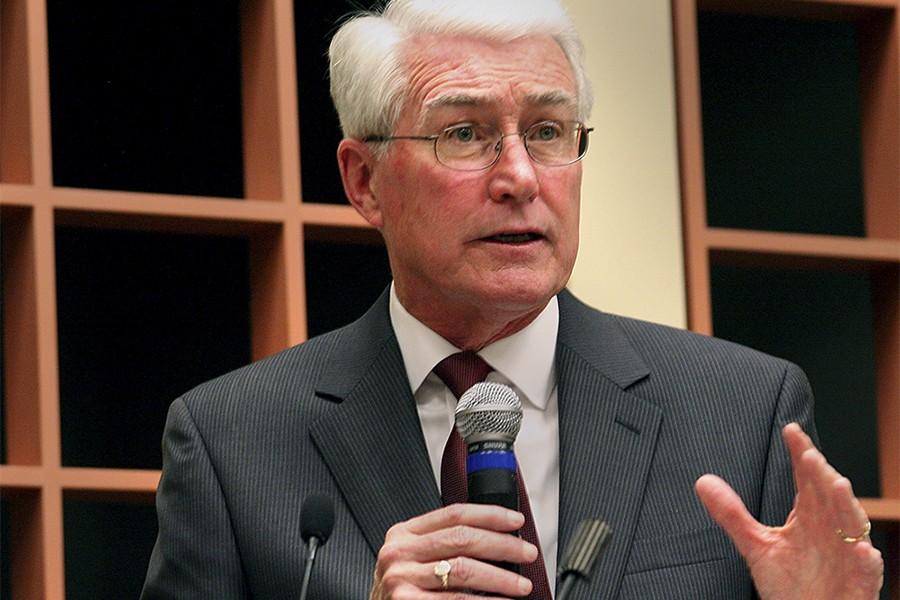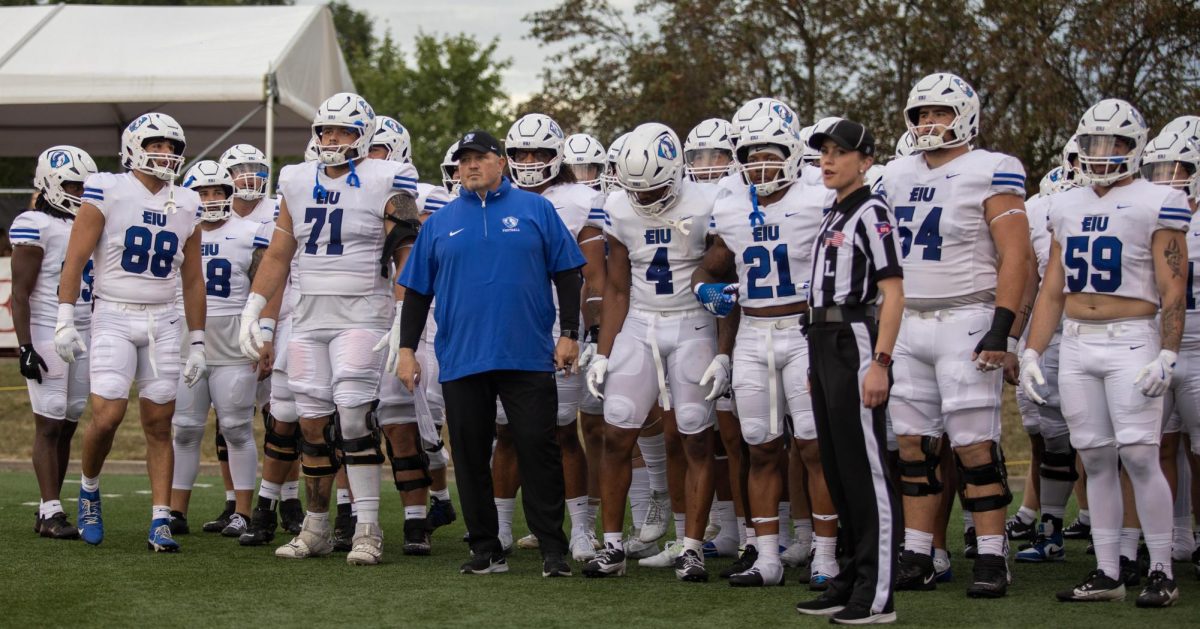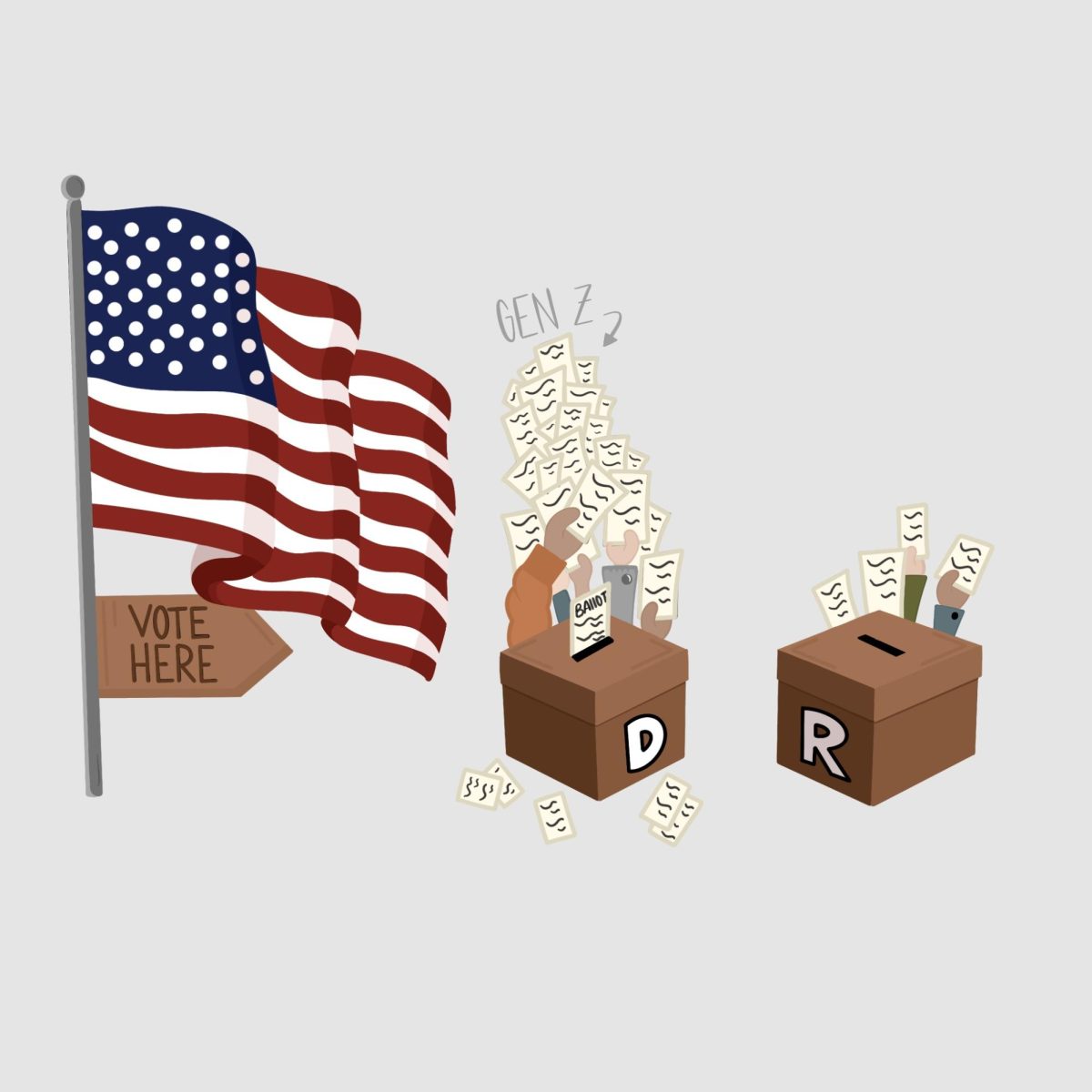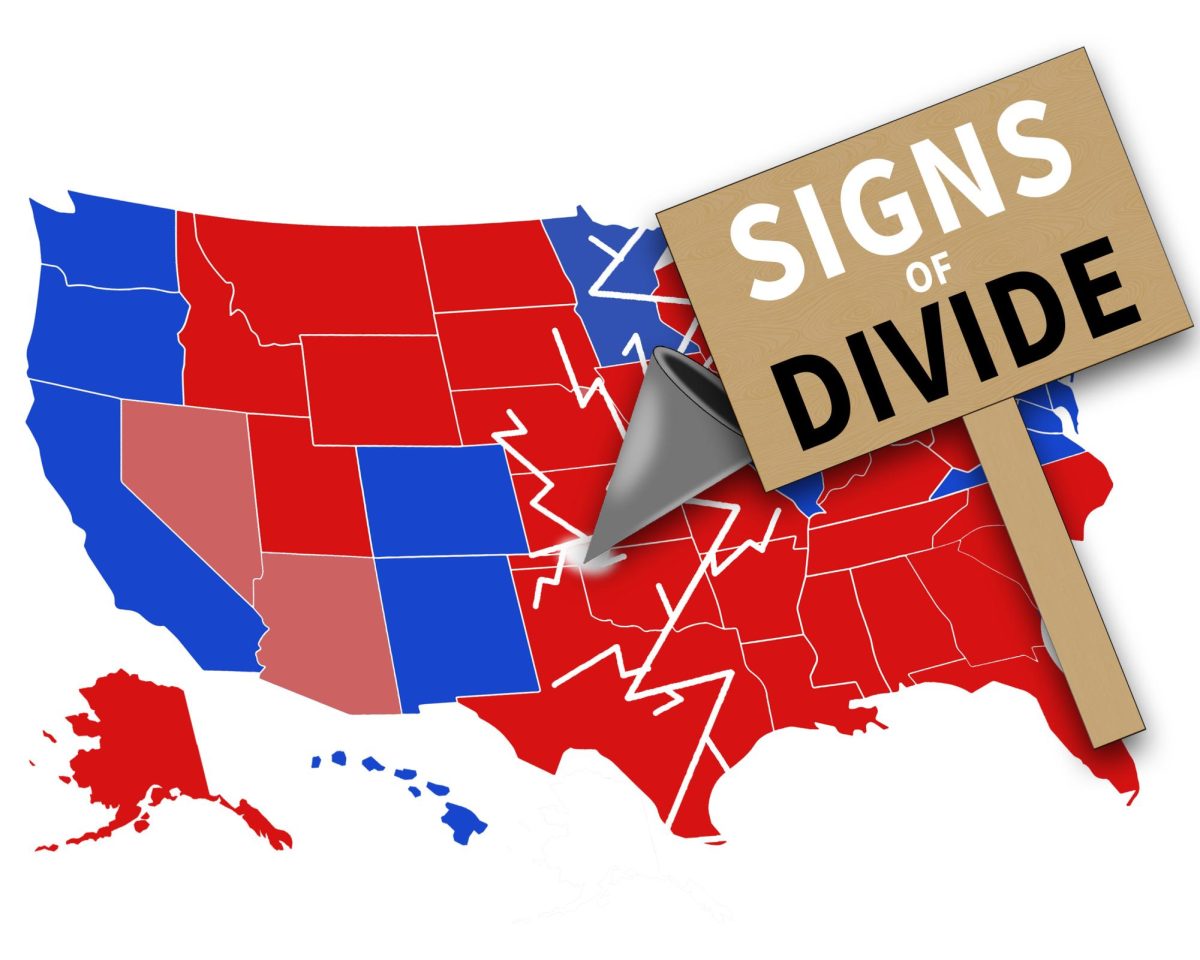President Biden tackled the 2020 election by playing as a centrist Democrat with common-sense policies. He actively rejected anyone calling him a progressive socialist.
At the same time, the looming specter of a second Trump presidency pulled the more-progressive younger demographic along with the Biden camp; these unique conditions united the nation’s left flank and helped the President earn his place in the nation’s highest office.
As he approaches 2024, this strategy doesn’t seem to be working as well for him anymore. The young demographic is showing signs of hesitancy about President Biden and his policies.
Now, Biden has to decide whether to change course: should we continue as we are, or do we move to accommodate this large and increasingly progressive sector of Democratic voters?
In this case, the correct answer, from a campaign strategy perspective at least, is to satisfy the youth demographic.
If Biden doesn’t win back these voters, he will have a significantly harder time winning reelection.
A series of recent polls from a variety of publications including NBC News, Fox News, Quinnipiac, CBS News, and others, all show former President Donald Trump within a razor-thin trailing distance of President Biden in voters age 18 to 34.
In some of those polls, notably the one from NBC, Trump actually leads Biden among this group. In their poll, Trump has 46% of younger voter support, while 42% goes to President Biden.
Those who might be asking themselves “how could this happen?” are well within reason to do so. This is a remarkable change in a demographic that Biden won by over 20 points three years ago. So how exactly did Biden start to lose their support?
For years, young people are a demographic that Democrats have controlled handily. In the 2022 exit poll, statistical analysis from Tufts University researchers showed that in every demographic but one (rural youth), a majority of young people ages 18-29 voted for a Democratic candidate in the 2022 election.
Knowing this, many Democrats appear to have become complacent. They assume that because the alternative is so bad, they’ve secured the young vote in its entirely. As a result, leading activists from youth-led organizations have been pushing back.
CNN reported earlier this year on the rise of young activists, including leaders of climate, anti-gun, and LGBTQ+ groups, who are becoming upset with Biden over policy decisions made by his administration.
The decision to green light an Alaskan drilling project, for example, angered some young voters who are concerned about the climate.
Others have concerns about the recent conflict between Israel and Hamas – an open letter was penned a few weeks ago from a coalition of young Democratic leaders warning that Biden’s handling of the conflict could result in lower youth turnout in 2024.
Regardless of how any individual might feel about one issue or another, a few very basic facts are becoming more apparent.
First, President Biden (and the Democratic Party at large) need the support of young voters to win the 2024 presidential election.
Second, young voters, especially those with or currently obtaining a college education, hold beliefs that align with the more progressive side of the political spectrum. Lastly, President Biden’s policy decisions are not entirely appeasing that group.
Biden made his own reputation and image in 2020 as a political centrist, something which helped him win over swing voters at the time, according to reports from Axios.
Biden’s messaging plan so far seems to be convincing people that he’s a centrist Democrat who won’t bend to the progressive agenda, while also appeasing his younger, left-wing voter base with some more progressive policy decisions in the background.
Now that this strategy is starting to fail the president in his efforts to win over young voters, he is in a situation where he must decide which arm to cut off.
At this point, the entire dilemma becomes a numbers game–who will get Biden more votes? The answer is almost definitely young people.
Voting-age members of Generation Z, born between 1997 and 2012, increase as a population every single year, and will continue to do so until every member of the generation is 18 years old in 2030.
Older generations, however – like the Baby Boomers, who according to Pew Research are more likely to vote for a Republican than younger generations like the Millennials – are all already part of the voter base.
Not only are they many in size, but they’re also regularly breaking turnout records. Data from researchers at Tufts University shows that Generation Z voted at a higher rate in the 2022 midterms than Millennials or Generation X did when they were the same age.
Generation Z is the first one alive today to show such interest in politics at such a young age. A report from those same researchers also concluded that an estimated 50% of youth ages 18-29 voted in the 2020 election, a sign that this group is one which can be motivated when given proper reason to be.
In other words, a group that already has significant sway is only going to get larger, making it the most formidable demographic in the entire electorate. If you want someone on your side when you’re trying to win a presidential election, it’s going to be this group.
These considerations are ripe for any other Democratic politician who might hope to succeed the 2024 winner in the next election, as well.
Biden only has one more campaign to run, both due to the United States Constitution and his own age – but Democrats will presumably continue to run candidates in presidential elections for the foreseeable future.
And when they do, they’ll want to remember this growing force in American politics. Voters of the world’s newest generations have shown that they have the force necessary to swing the outcome of an election in one direction or another.
Their support is critical for any candidate who hopes to make a splash on the national scale.


































































